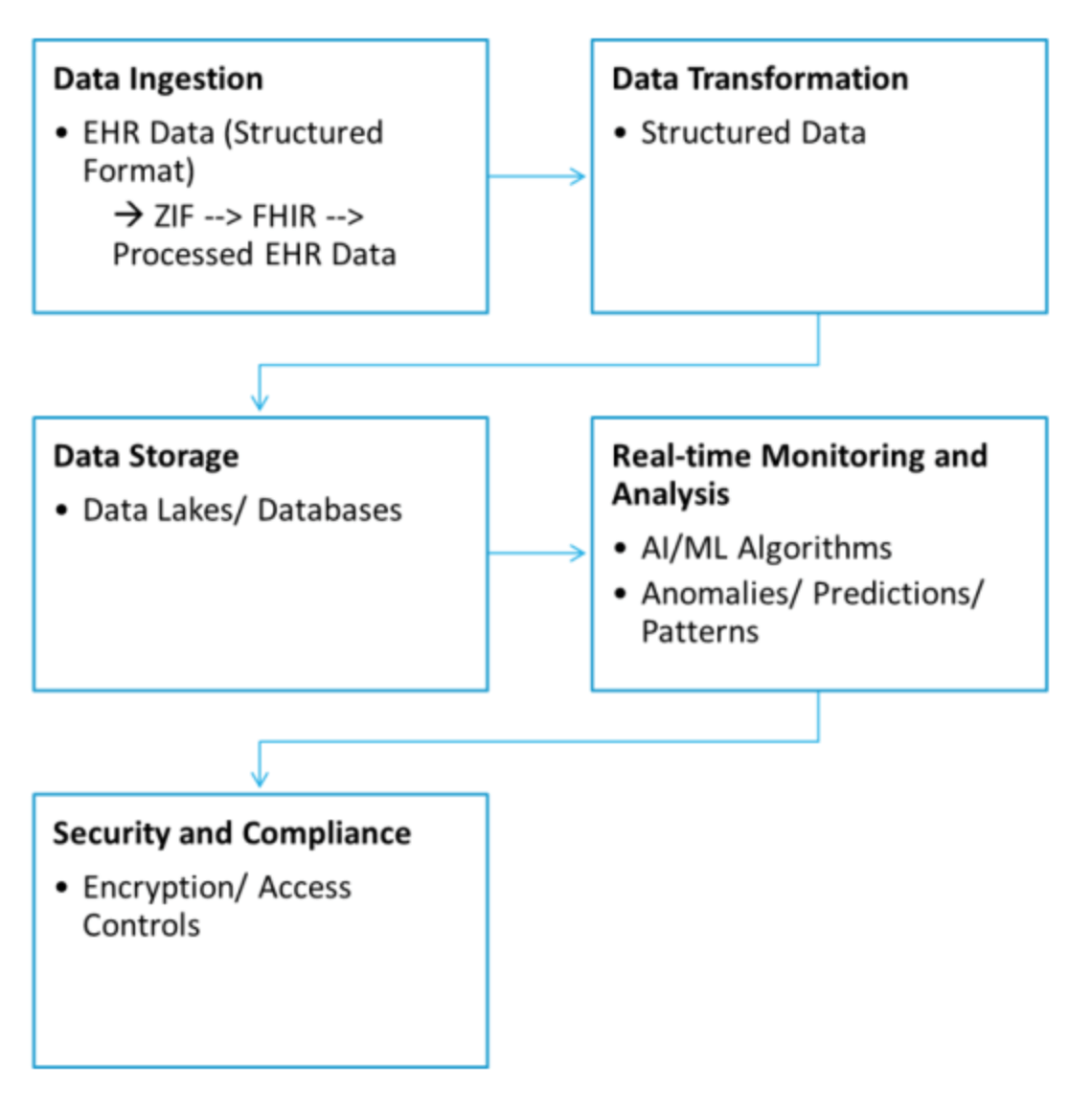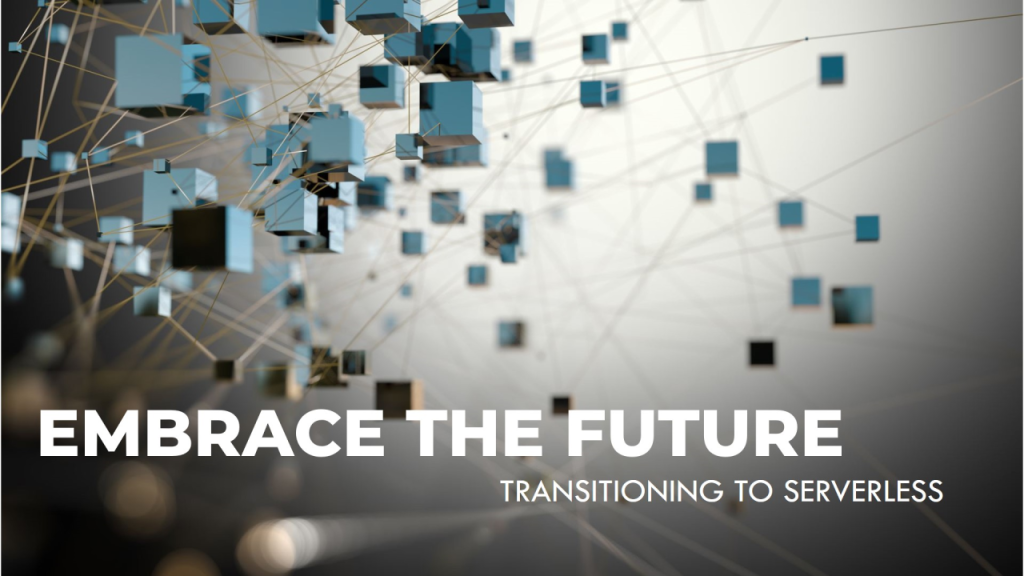Healthcare organisations, especially payers and providers, struggle with an enormous amount of IT data in today’s fast-paced environment. Effective data management is essential for delivering high-quality healthcare services as well as for maintaining compliance with strict data security and privacy laws. Here comes ZIFTM, a state-of-the-art AIOps platform ready to revolutionise the way healthcare organisations manage their IT data. In this article, we will examine the value of ZIFTM as a data lake for IT data in healthcare, consider how it transforms data management, and offer insights into optimal implementation practises.
Redefining Healthcare Information Management with IT Data Lakes
IT data lakes are dependable repositories created to store large volumes of IT data, both organised and unstructured, at scale. These data lakes serve as central hubs for the storage of a wide range of data on IT operations, infrastructure, and performance in the healthcare industry. IT data lakes excel at managing massive amounts of data, unlike traditional databases, which makes them the perfect fit for the data-intensive environment of healthcare.
IT data lakes have a variety of benefits:
- Consolidation of Data: These repositories enable healthcare organizations to consolidate IT data from various sources, providing a unified view of their IT infrastructure. This holistic perspective proves invaluable for IT professionals in efficiently managing and optimizing IT operations.
- Scalability: In the ever-evolving digital landscape, IT data continuously grows. IT data lakes are purpose-built to scale effortlessly, accommodating the ever-increasing volume of IT data generated by healthcare systems.
- Data Variety: IT data lakes possess the remarkable ability to store structured data (e.g., server logs, network traffic) and unstructured data (e.g., application logs, error messages) in their raw form. This versatility makes them exceptionally suitable for handling diverse IT data types.
- Advanced Analytics:Beyond storage, IT data lakes provide the foundational infrastructure for advanced analytics, including machine learning and predictive modelling. These capabilities translate into improved IT performance, reduced downtime, high service availability, and heightened security.
Healthcare with ZIFTM: Connecting Systems and Boosting Insights
In the dynamically evolving realm of healthcare, two pivotal innovations are reshaping the industry: Medical Interoperability and machine learning (ML). Medical Interoperability revolves around the seamless sharing of healthcare information across diverse systems and platforms. To harness the immense potential of these advancements, GAVS unveiled one of the industry’s Best AIOps tools based on big data for healthcare services, known as Zero Incident Framework (ZIFTM). This ground-breaking service empowers healthcare providers, payers, and life sciences companies to securely store, transact, analyse, and exchange health data at an unprecedented scale.
The Effectiveness of FHIR: A Healthcare Data Exchange Standard
At the heart of ZIFTM Data Lake’s capabilities lies its robust support for Fast Healthcare Interoperability Resources (FHIR). FHIR, a universally standardized format for healthcare data exchange, has gained widespread acceptance within the industry. It streamlines the exchange of structured medical data, making it readily accessible to clinical researchers, informaticians, and machine learning tools. FHIR introduces a designated resource for capturing documents, such as physician’s notes or summaries of lab reports. However, to fully unleash the potential of this data, it must undergo extraction and transformation into a more user-friendly format.
As FHIR-formatted medical data finds its way into ZIFTM Data Lake, a transformational process ensues. ZIFTM, recognized as one of the industry’s Best AIOps tools employs advanced natural language processing (NLP) techniques, meticulously trained to comprehend medical terminology. These techniques enrich unstructured data with standardized labels, a crucial step that involves identifying medications, conditions, diagnoses, procedures, and more. Through standardization and tagging, ZIFTM ensures that all data becomes normalized and effortlessly searchable.
Using ZIFTM and FHIR Standards for Processing EHR Data
Healthcare organisations must effectively manage EHR data, and Fast Healthcare Interoperability Resources (FHIR) standards are essential to this effort.
The following ways can explain how EHR data is processed by ZIFTM and the role FHIR in it:
Data Ingestion:
- EHR systems generate a massive amount of data, including patient demographics, medical history, treatment plans, diagnoses, lab results, and more. This data is typically stored in structured formats.
- ZIFTM is responsible for ingesting this data. They can connect to EHR databases and other healthcare systems to collect real-time data streams.
- FHIR comes into play during data ingestion. FHIR is a standardized format for exchanging healthcare information electronically. It provides a common framework for representing and sharing EHR data. ZIFTM can use FHIR to ingest EHR data in a consistent and interoperable manner.
Data Transformation:
- EHR data often contains a mix of structured and unstructured information. Structured data includes coded information like diagnoses, while unstructured data may include physician notes or narrative descriptions.
- ZIFTM uses various techniques, including natural language processing (NLP), to transform unstructured data into structured formats. FHIR provides guidelines for standardizing this transformation.
- During this transformation, ZIFTM can extract relevant information such as patient demographics, diagnoses, medications, and procedures. This structured data is easier to analyse and can be used for decision-making.
Data Storage:
- After transformation, the processed EHR data is stored in data lakes or databases. These storage solutions are designed to handle the large volume of healthcare data generated daily.
- FHIR’s standardized format ensures that the data remains consistent and can be easily accessed by different healthcare systems and applications.
Real-time Monitoring and Analysis:
- ZIFTM excels in real-time monitoring of IT infrastructure, including EHR systems thus ensuring service availability. They continuously collect data streams from EHR databases and other healthcare IT components.
- By applying AI and machine learning algorithms, ZIFTM can analyse EHR data in real-time. For example, they can detect anomalies in vital equipment’s, predict potential issues, or identify patterns related to patient outcomes.
- The use of FHIR ensures that ZIFTM tools can seamlessly interact with EHR systems and access the most up-to-date patient information.
Security and Compliance:
- Healthcare data, including EHRs, is highly sensitive, and ensuring its security and compliance with regulations like HIPAA is paramount.
- ZIFTM incorporates encryption mechanisms and access controls to protect EHR data during transmission and storage.
- FHIR also plays a role in data security by providing standardized guidelines for securely exchanging healthcare information.

ZIFTM Implementation Best Practises for the Healthcare IT Sector
- Data Governance: Establish robust data governance practices to guarantee data quality, integrity, and security for IT data. Define data ownership, delineate data stewardship roles, and establish policies for data lifecycle management.
- Data Strategy: Formulate a clear IT data strategy that impeccably aligns with organizational goals. Identify key data sources, prioritize data integration efforts, and outline data retention policies.
- Data Pipelines: Design streamlined data pipelines that automate IT data ingestion, transformation, and loading processes. Consider the adoption of real-time data streaming for critical IT data.
- IT Security: Make judicious use of ZIF’s comprehensive security features to fortify IT data against unauthorized access and potential cyber threats. Regularly audit and monitor IT data access to ensure both compliance and security objectives are met.
Conclusion
The implementation of modern IT data management solutions like ZIFTM becomes not just advantageous but essential as healthcare organisations depend more and more on digital technology to supply essential healthcare services. The use of these technologies prepares healthcare IT infrastructure for the future and makes it possible for patient care to be delivered continuously.




